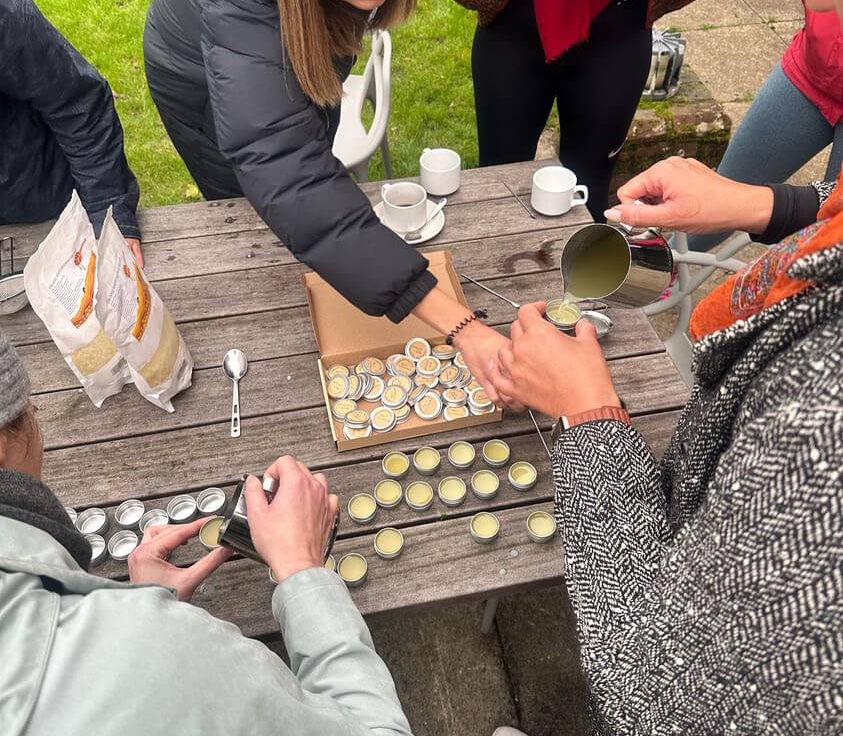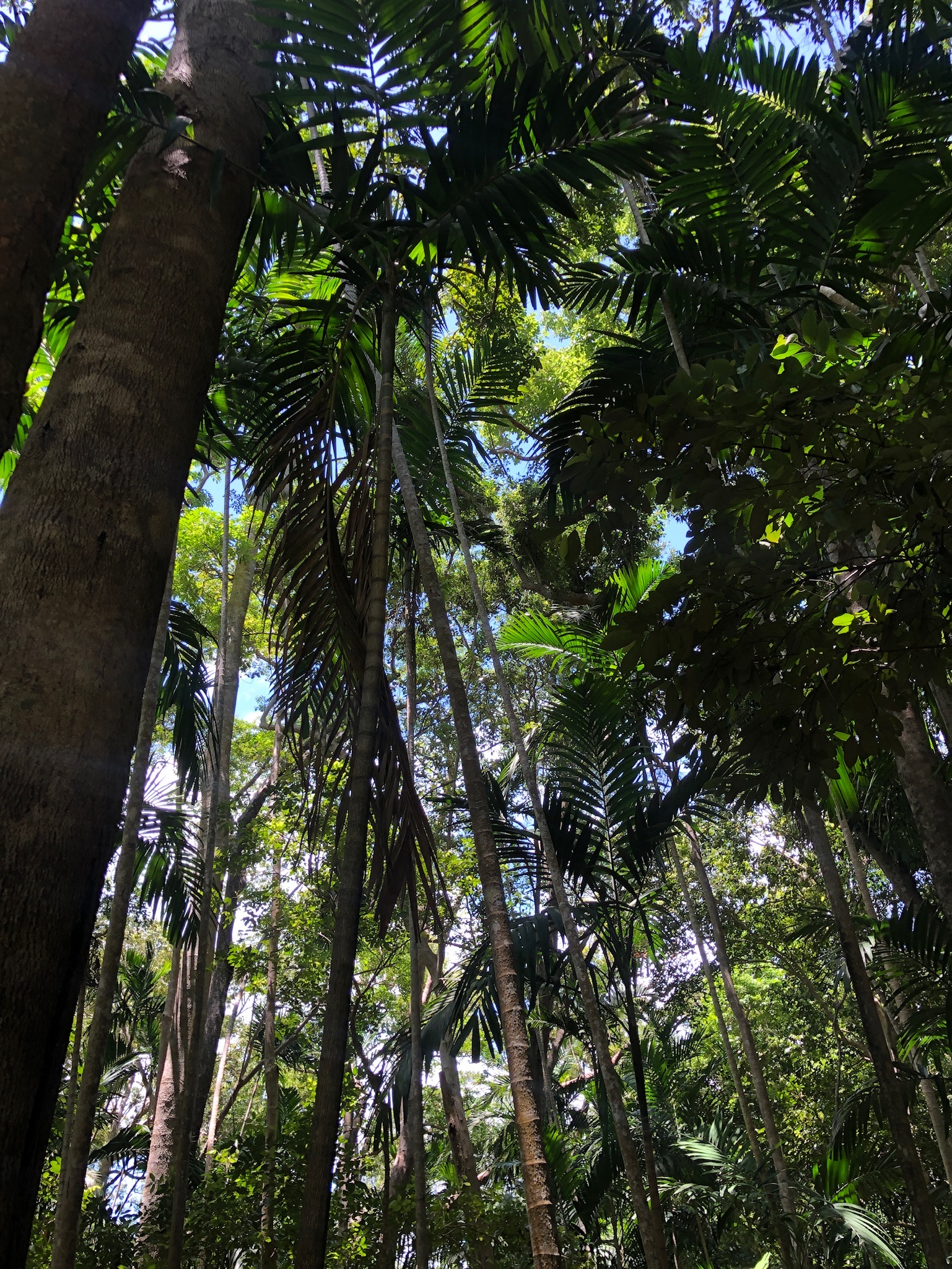From Foraged Plants to Skincare
Follow these simple steps to create a balm from your favourite medicinal herbal plants.
For this example, we’ll use fresh nettle and organic coconut oil, but you can follow these instructions with any plants or oils you prefer.
Nettle
– If you’ve joined one of our Rewilding Walks, you already know how to pick nettles without getting stung. If not, just wear a good pair of gloves.
– Both the stem and leaves can be used
Benefits:
– Antihistamine: helps ease stings and bites by reducing histamine production.
– Astringent: can reduce bleeding from minor abrasions.
– Eczema: known to benefit certain cases of childhood eczema, especially nervous eczema.
What you’ll need:
– Foraged plants
– Water
– Stove
– Pan for boiling water
– Knife or scissors
– 1 litre glass jar
– Sticky label (or masking tape) and pen
– Pouring jug
– Coconut oil
– Tablespoon
– Oven mittens
– Sieve
– Organic beeswax (preferably pellets for easier melting)
– Small containers (glass or aluminium)

Amber with some processed plants for a wellbeing retreat
Instructions
1. Forage
Collect the plants you’ve selected based on their herbal properties.
2. Clean
Wash the plants thoroughly with water.
3. Boil
Bring about 1 litre of water to a boil, then reduce to a simmer.
4. Chop
Remove any dead or unwanted parts of the plant.
5. Jar
Place the desired parts of the plant into your jar. I recommend using a 1 litre jar and filling it about half way, gently pressing down the plant material.
6. Label
If you’re making balms with different plants, label your jars now. It’s easy to confuse them after they’ve broken down.
7. Oil
If your coconut oil is solid, fill the rest of the jar.
6. Simmer
Gently place the jar into the simmering water. Make sure the jar stands upright; if it tips, there’s too much water in the pan.
7. Stir
Over the next 40 minutes whilst the magic happens, occasionally stir the plants into the oil and check that the water in the pan hasn’t evaporated.
8. Remove
Using tea towels or oven mitts, carefully remove the jar from the pan and turn off the stove.
9. Sieve
Pour the mixture through a sieve into your pouring jug to strain out the plant material.
10. Beeswax
Add about 2 tablespoons of beeswax to the strained oil. Stir until it melts completely. If it’s taking too long, place the jar back into simmering water.
11. Pour
Once the beeswax has melted, carefully pour the mixture into your container tins. As you near the bottom, avoid any darker liquid—it won’t mix with the balm and could shorten its shelf life.
12. Cool
Allow the balm to cool. You’ll notice the colours from the plants coming through as it solidifies. Once set, add the lid.
13. Label
Label your balm with the plant(s) and oil used, its purpose, and today’s date. For example: Nettle, coconut oil & beeswax. Bites, stings, cuts & eczema. 08.09.24
The balm should last 6-18 months, depending on how well you avoided any waste liquid during the pour. Now, you have a natural alternative for bites, stings, cuts, or eczema.
Enjoy your new plant medicine balm!

Freshly poured medicinal skincare balms










